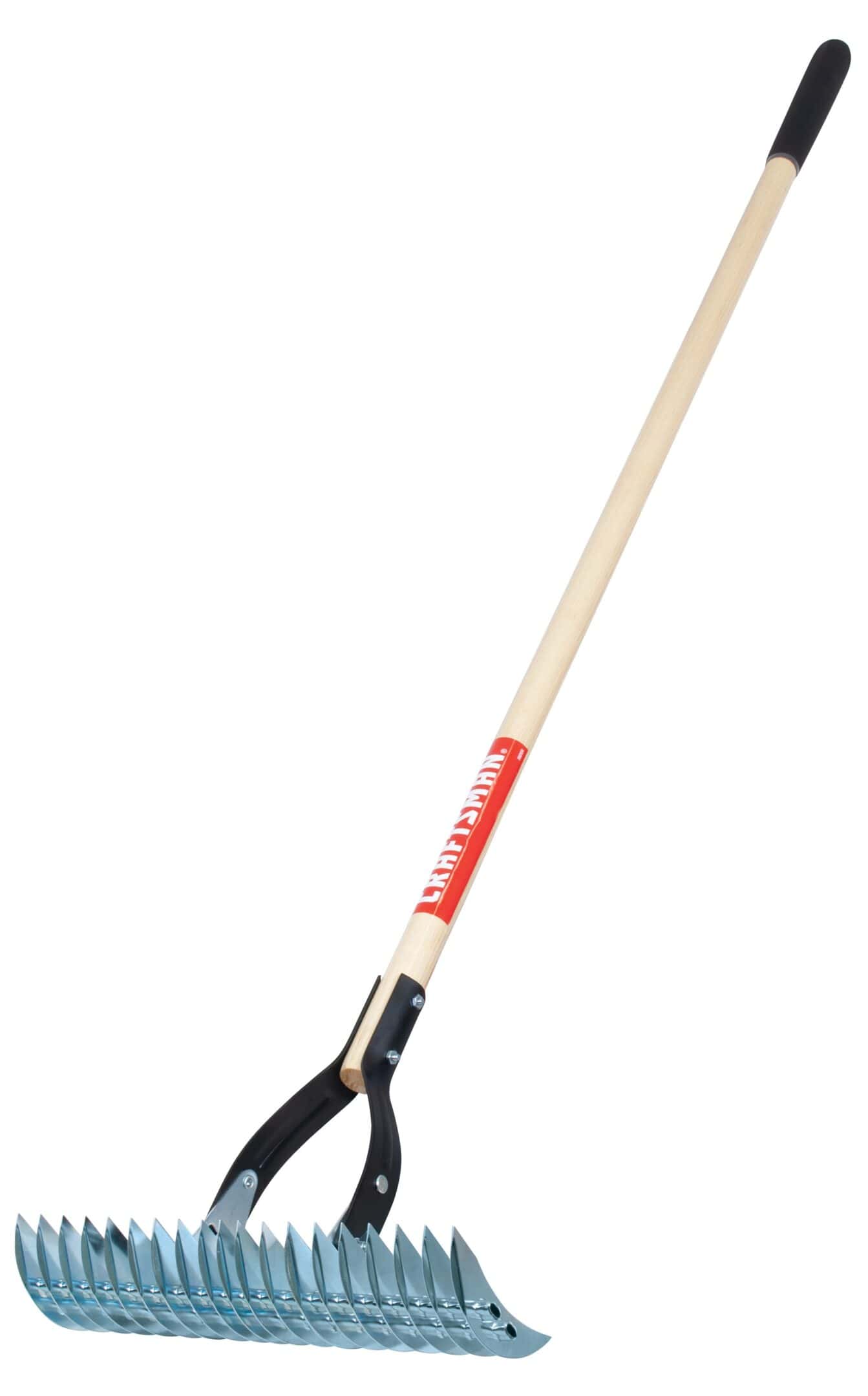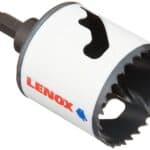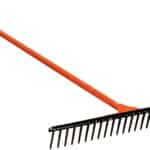A thatching rake is a handy tool for keeping your lawn healthy. It is used to remove a layer of dead grass, roots, and other organic matter known as thatch. By getting rid of this layer, the rake helps water, nutrients, and air reach the soil and grass roots more easily. This keeps the lawn looking green and well-cared-for.
Gardens and yards often suffer from too much thatch, making it hard for grass to grow strong. Thick layers of thatch can block essential elements from reaching the grass. A thatching rake cuts into the soil to clear out the dead layer, which helps improve the lawn’s health.
Different rakes serve this purpose. Some use metal tines to grab and pull out the thatch. Others use a convex rake designed specifically for this task. For those with larger yards, a power rake might be a better choice because it works quicker and removes more debris.
Understanding Thatching and Lawn Health
Thatch is a layer of dead grass, roots, and organic material found on the soil surface. When this layer gets too thick, it can block water, air, and nutrients from reaching the grass roots. This can hurt the health of your lawn and make it look bad.
A thatch layer less than half an inch is often good. It helps insulate the grass roots and keep moisture in. But if it gets thicker, it can lead to problems like pests and fungal diseases. A thatching rake or dethatcher helps manage this layer by removing the extra material.
Benefits of Removing Excess Thatch:
- Helps water and nutrients get to the soil.
- Reduces pest problems.
- Lessens the risk of fungal diseases.
- Promotes better grass growth.
Lawn Care Tips After Dethatching:
- Rake up loosened thatch and remove it.
- Overseed thin or bare spots.
- Apply fertilizer to encourage new growth.
- Water the lawn deeply and regularly.
Cool-Season vs. Warm-Season Grasses:
- Cool-season grasses, like those found in northern regions, benefit from dethatching in early spring or fall.
- Warm-season grasses, often found in southern regions, benefit from dethatching in late spring or early summer.
Organic Debris and Grass Clippings:
While many people believe grass clippings contribute to thatch, they generally break down fast and don’t add to the thatch layer. Instead, an excess of organic debris can come from dead roots and stems.
Aeration:
Compacted soil can also hurt grass health. Aerating the lawn helps break up the soil, allowing roots to get more air, water, and nutrients. Aeration is often recommended after dethatching.
Understanding these factors can help you keep a healthy lawn. Regular lawn maintenance activities like dethatching, overseeding, and aeration can promote a lush and vibrant yard.
Thatching Rake Use and Techniques
Using a thatching rake correctly helps to maintain a vibrant lawn by removing dead grass and other organic matter. It is crucial to understand the proper use and techniques to get the best results.
Proper Use of a Thatching Rake
A thatching rake is used to remove the layer of dead grass or thatch from your lawn. Begin by adjusting the handle height for comfort. A comfortable angle prevents back strain. The blades or tines of the rake should be sharp and free from rust.
To start, push the rake into the ground. Pull it towards you using firm but gentle strokes. Avoid using too much force as this can damage the healthy grass and soil underneath. Collect the loosened debris and place it in a compost pile. Regular practice will help you perfect your technique.
Types of Thatching Rakes
There are several types of thatching rakes available. The manual thatching rake is common. It has curved, steel tines which make it perfect for light dethatching work. For larger lawns, you could use a power dethatcher or a tow-behind dethatcher attached to a riding mower.
A power rake uses spring tines to remove thick layers of thatch. Tow-behind dethatchers are also effective but can be expensive. Choose according to the size of your lawn and the amount of thatch buildup. Both manual and powered choices have their merits, based on your needs.
Manual Dethatching vs. Power Dethatching
Manual dethatching is best for smaller lawns. Manual rakes allow better control and do not need any power source. They are also less expensive. However, they require more time and physical effort.
On the other hand, power dethatchers like power rakes or vertical mowers can handle thicker layers of thatch quickly. They can cover larger areas with less effort. Yet, they are often pricier and may require practice. Consider the lawn size, thickness of the thatch, and personal preference when making a choice.
Proper dethatching along with regular mowing, watering, and using fertilizers can greatly benefit your lawn’s health.
Frequently Asked Questions
Thatching rakes are useful for removing thatch, a layer of organic matter that accumulates on lawns and gardens. Using a thatching rake helps promote a healthier lawn by allowing water, nutrients, and air to reach the soil.
When is the best time to use a thatching rake?
Spring or early fall is the best time. This allows the grass to recover before the hot summer or freezing winter. Raking when the soil is moist but not wet is optimal.
How does a thatching rake differ from a regular rake?
A thatching rake has sharp, vertical blades. These are designed to cut through thatch and remove it from between the grass. On the other hand, a regular rake is for general yard tasks like gathering leaves and debris.
What are the advantages of using a thatching rake over a power dethatcher?
A thatching rake is less expensive and easier to control. It allows for precise work in small areas. Power dethatchers can be too aggressive and can damage the lawn if not used carefully. Manual rakes provide a gentler approach.
What should one look for when choosing a thatching rake?
Look for a sturdy, long handle to reduce strain on your back. Blades should be sharp and adjustable to different depths. A cushioned grip can add comfort during use. Always consider weight—lighter rakes are easier to handle.
How often should one dethatch their lawn?
Dethatching should be done once a year or every couple of years. The frequency depends on the amount of thatch buildup. If the layer of thatch exceeds half an inch, it’s time to rake.
Can a thatching rake be used for purposes other than dethatching?
Yes, it can also be used to remove moss and loosen the soil. This helps in preparing the lawn for reseeding or aerating. It’s a versatile tool for various lawn care tasks.







